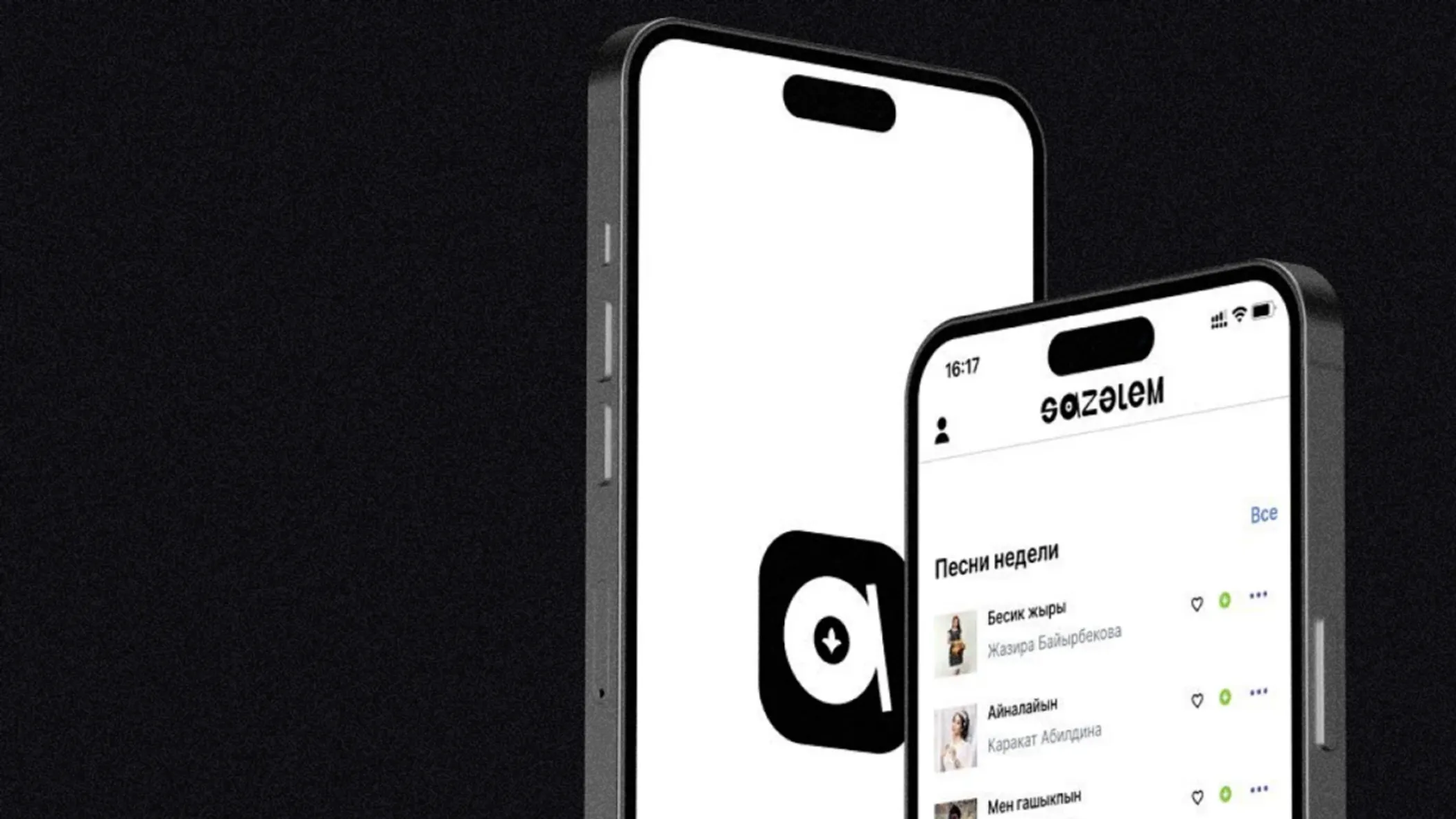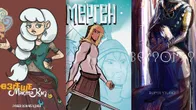Over the past years, numerous projects in Kazakhstan have sprung up with a shared dedication to promoting modern local music and safeguarding our rich musical heritage. While the likes of Qonzhyq and hitter each pursue their goals differently, they all share a common commitment that is becoming more and more in-demand.
Sazalem stands among these projects. Established in 2013 by Gani Myrzamuratov, it began its journey as a tucked-away website within the vast expanse of the Internet, dedicated to collecting and sharing Kazakh musicscape. Featuring a wide range of content, from kyus and terme to recordings of fairy tales and modern Kazakh wedding songs (which is a genre in and of itself), the website's popularity grew over the years, eventually attracting more than 1,000 daily visitors.
Ten years later, and after a change of hands, a new team took charge in creative direction in 2023. Led by Numi Musalieva, who serves as the project’s CEO, Sazalem corrected its course now offering a mobile app available in Kazakh, Russian, and, most importantly for our international readers, in English as well.

QazMonitor had the opportunity to sit down with Numi and discuss the new direction that Sazalem has taken this year, what’s in store for the project, and what sets Sazalem apart from other streaming services.
Just by skimming through Sazalem, I can see a wide range of music – you have kyus, Kairat Nurtas, and Ninety One. Which content is the most popular among the users?
I would say it's a mix of old and new-generation artists. What we're primarily focusing on is exclusive content – our instrumental music, kuys, and our literature. When it comes to new artists and modern songs, we don't specialize in them, but since we already have them, we are just letting people listen to them. With Kairat Nurtas, for instance, you can also listen to him on YouTube and Spotify, and if you look at his songs in our app, you will see that we have only 30% of his entire discography.

What's interesting is that I've encountered many people in my circle who would say, for example, 'I don't listen to Eastern Kazakh kyus because they're too rough,' or maybe they find them too fast, or they just dislike the sound of it. But, they do listen to other kyus because they help a person unwind and relax.
This was essentially a discovery for us. So, we will soon be adding various types of kyus from different regions. We've collected 5,000 [regional kyus], and when they are added to the app, we will determine which types are the most popular and from which region.
Given this, what kind of feedback you’re receiving from the user base?
On Android, we have received over 20,000 feedback messages, most of them thanking us for the work we do. It’s about recognition for having it all in one application for free and making the app user-friendly. You know, there are many cultural products and projects in Kazakhstan that aim to collect music or literature, but it just doesn't work. [There could be a] faulty authorization or difficulties with saving content — you just wouldn’t have the best user experience.
Also, we constantly receive feedback, such as, 'Can you please add this artist?’ or, ‘Can you include more fairy tales? Can you add podcasts?’ There are instances where we misspelled someone’s name or gave the wrong song credits. Or there’s something like, ‘Please find the original edit, because I like the original version more’. So it's this kind of feedback.
If we consider why any product exists, it must address people's problems. When we talk about Sazalem as a product and the problem it addresses, it is the decentralization of Kazakh historical and modern songs and literature that people would love to listen to, but don't just because they don't have time to surf YouTube or Google.
Who do you consider as your target audience?
I would say that 70% of our audience comes from rural areas, but [the remaining] 30%, of course, comes from the Almaty region and Shymkent. Essentially two of our major cities.
The difference, however, between our audience and that of other streaming platforms is, actually, the age and language. I, personally, use Spotify because I'm under thirty, and I listen to a lot of hip-hop, R’n’B, and various international artists. But our audience on average is over thirty-five years old. So it could be your uncles or your parents who are part of our listeners, like my grandma from Karagandy and my parents, who listen to Sazalem.
How do you plan to monetize your app?
Currently, we are monetizing through audio ads. For every ninth song you listen to, you will have to deal with either ten, fifteen, or thirty seconds of audio ads. But we also offer an affordable paid subscription that enables ad-free use and higher-quality audio.
We’re trying to come up with solutions for schools that we are building together with another startup called abyz. They have digitized history lessons and museums, they even have AI within it.
We're going to schools because we're aware that they don't really digitalize their subjects. Given that every student takes music, history, and language classes, abyz can handle the digital aspect of history, while we can cover music lessons.
You've already touched on it, but what's in store for Sazalem next year?
Well, the first thing is the ongoing work on content management. We will be adding podcasts in the Kazakh language, mostly about the culture, history, and the celebrities who share about the country and their work. It's going to be existing podcasters who like to reach more audiences, like podcasts from the Batyr Foundation.
As I mentioned earlier, our collaboration with abyz will enable us to create an all-in-one solution for schools, and we anticipate a launch in early January.
It's funny how I think that around 10% of our total users are Kazakhs living abroad. Our people who live in America, who move to Europe, Russia, Uzbekistan, and the Kyrgyz Republic, listen to Sazalem. And they are paying subscribers because we provide them with content that is both relevant and valuable.












